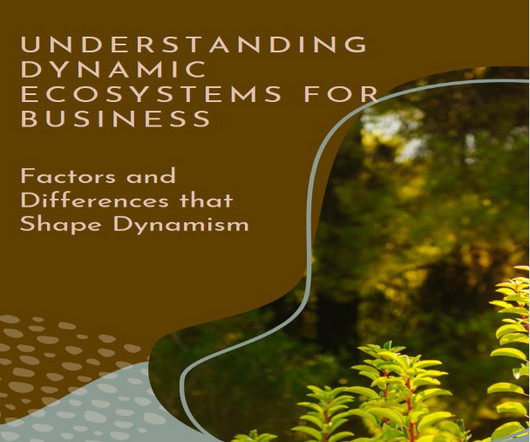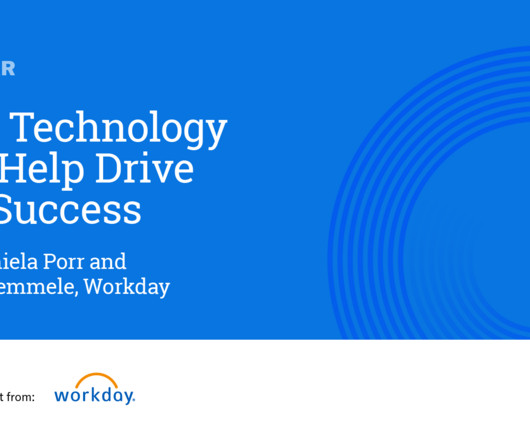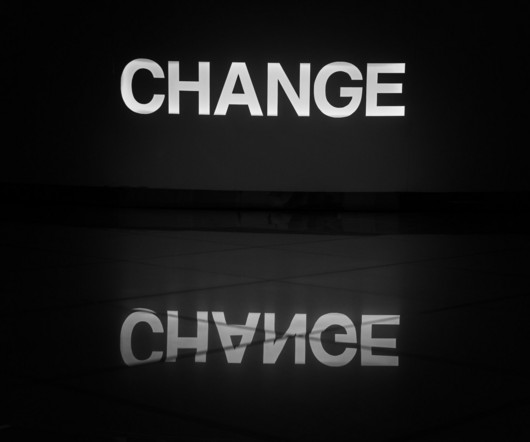All Business Strategies Fall into 4 Categories
Harvard Business Review
MAY 23, 2024
The problem with strategy frameworks is that although they can help you determine whether an opportunity is attractive or whether a given strategy is likely to work, they generally don’t help you in the task of identifying the opportunity or crafting the strategy in the first place. This article introduces a framework, built on an in-depth analysis of the creativity literature, that aims to fill that gap by providing a systematic approach to identifying potential strategies.



















Let's personalize your content